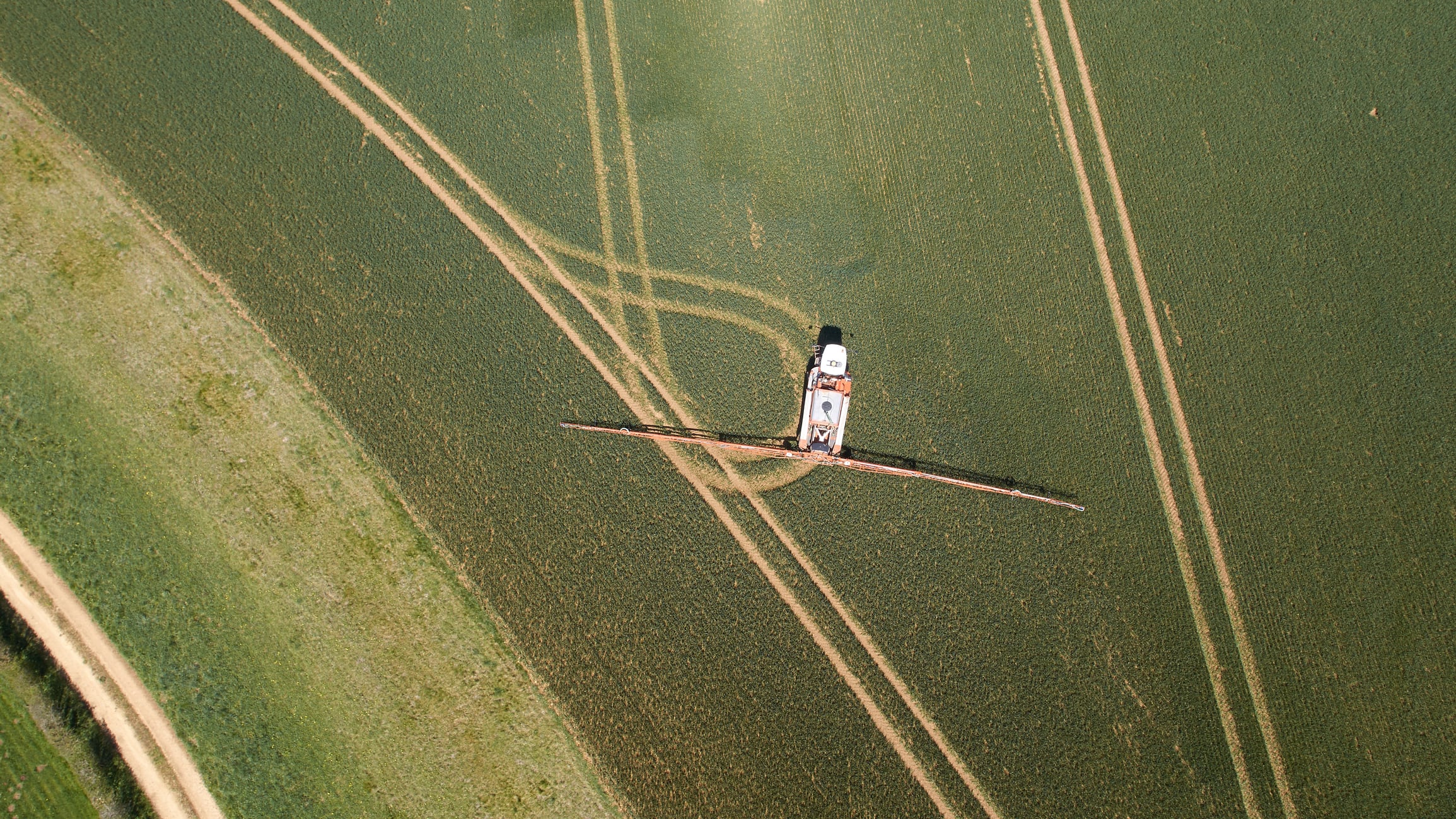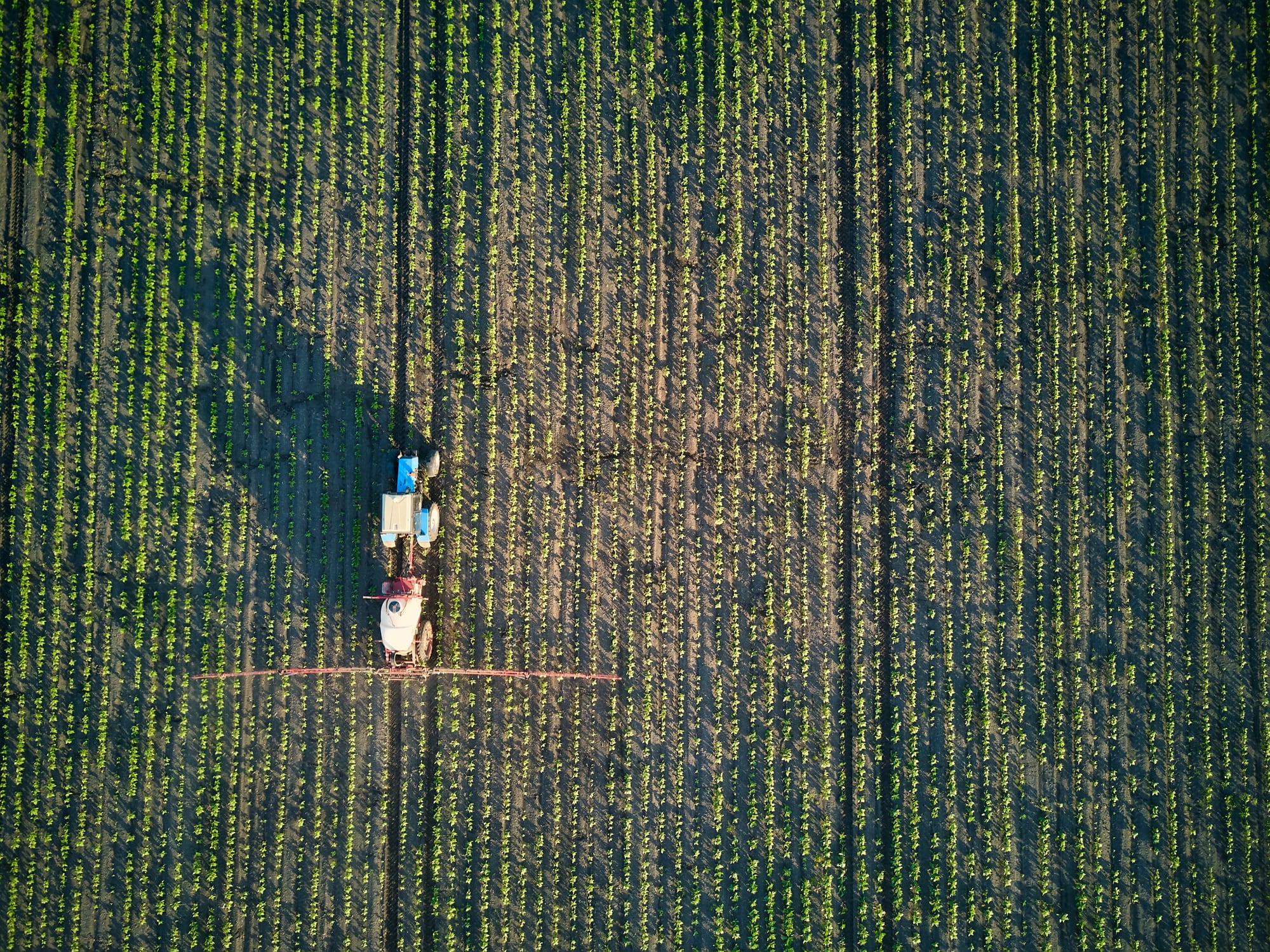As climate change intensifies, agricultural systems worldwide are under increasing pressure from plant pathogens. Crop diseases currently account for more than 40% in yield losses, costing the global economy up to $290 billion annually.
The science behind phage therapy
With growing concerns over the environmental impact of synthetic pesticides, scientists are turning to bacteriophages as a promising, sustainable alternative for plant disease management. Bacteriophages have been used for over a century to combat bacterial infections. In agriculture, they have shown strong potential against multiple major phytopathogens.
Unlike chemical pesticides, which often have broad-spectrum effects and contribute to resistance development, phages target only specific bacteria, reducing unintended environmental damage. Phage therapy is gaining attention as an effective biocontrol strategy also because offers high specificity against harmful bacteria without negatively affecting beneficial microorganisms. This makes bacteriophages ideal candidates for sustainable farming.
Healthy plants naturally host phages that regulate harmful bacteria in the soil. Making use of these naturally occurring viruses can enhanced plant resilience and minimise the need for chemical pesticides.
Phage therapy can be applied in multiple ways, such as seed coatings, foliar sprays, or soil treatments. Their ability to evolve alongside bacterial pathogens also ensures long-term efficacy, addressing resistance management — one of the biggest challenges in pest control.
Phage cocktails: A strategy for enhanced control
The study reported that while individual phages were effective, combining multiple phages into ‘cocktail’ have proven to be even more beneficial. These formulations not only target a wider range of pathogens but also prevent bacterial populations from quickly developing resistance.
A 2024 study demonstrated that repeated applications of a phage cocktail significantly suppressed Ralstonia solanacearum in both greenhouse and field trials. By using a diverse mixture of phages, the researchers saw a 40% to 55% increase in pathogen suppression compared to single-phage treatments. This highlighted the potential of phage therapy to improve disease management in real-world agricultural settings.
The same study also found that phages had synergistic effects when combined with biocontrol bacteria like Streptomyces and Nocardioides. These microbes naturally produce antimicrobial compounds that complement phage activity, further reducing disease pressure on crops.
Regulatory and commercial landscape
Despite their promise, phage-based solutions still face regulatory hurdles. Unlike chemical pesticides, which have well-established approval processes, phages fall into a grey area of agricultural regulation. Currently, only a handful of phage-based products have received commercial approval, mainly in the US and Canada.
The regulatory landscape is complex, and there is an urgent need for harmonised guidelines to facilitate the adoption of phage therapy in agriculture. The EU is already taking steps to address this, but more work is needed to streamline the approval process.
Companies like Omnilytics Inc. and APS Biocontrol are leading the way in commercialising phage-based agricultural products. Products such as AgriPhage and XylPhi-PD are already being used to control bacterial infections in crops like tomatoes, citrus fruits, and potatoes. However, researchers have also emphasised that wider adoption will depend on further research, regulatory support, and cost-effective production methods.
Climate change and the future of phage therapy
As global temperatures rise, the incidence and severity of crop diseases are expected to increase. Warmer climates accelerate the spread of bacterial pathogens and their vectors, making traditional pest control methods less effective. In this context, phage therapy offers a climate-resilient alternative.
There is an urgent need for sustainable solutions that can adapt to changing environmental conditions. Phages have the potential to play a crucial role in the future of agriculture, particularly in mitigating climate-induced plant diseases.
Looking ahead, advances in synthetic biology could further enhance phage therapy. Engineered phages with improved stability and broader host ranges are already being explored, offering new possibilities for targeted, long-lasting pest control solutions.
Bacteriophage therapy represents a revolutionary shift in crop protection, offering a precise, eco-friendly alternative to synthetic agrochemicals. With mounting evidence supporting their effectiveness, researchers and industry leaders are pushing for greater investment in phage-based solutions.
As regulatory frameworks evolve and commercial interest grows, phage therapy could soon become a mainstream tool for farmers worldwide, helping to secure food production in an era of climate uncertainty.
The researchers concluded by noting that despite the promising potential of phage-based biocontrol in agriculture, challenges such as inconsistent efficacy, stability issues, production costs, bacterial resistance, and regulatory complexities continued to hinder widespread adoption.
In response, the Joint Research Centre has provided a policy report to inform EU discussions on phage therapy and biocontrol strategies. While the first phage-based biopesticide was approved in 2005, the global biocontrol market is projected to grow at over 16% annually.
“The regulation of phage-based products varies significantly across countries worldwide, but the European Union has initiated a coordinated effort to harmonise the diverse national regulatory frameworks,” wrote the researchers.
Source: Microbial Technology
“Harnessing Bacteriophages for Sustainable Crop Protection in the Face of Climate Change”
https://doi.org/10.1016/j.xplc.2024.101224
Authors: Robert Czajkowski, et al.




